There are a variety of reasons you can miss shots, but from a directional stand point, lie angles are one of the most critical factors. The vertical line test, is a simple way to quickly and easily figure out if your lie angles are right for you and help you figure out why you are missing your target.
- LIKE55
- LEGIT4
- WOW2
- LOL1
- IDHT1
- FLOP2
- OB1
- SHANK9
Equipment
Coolest thing for sale in the GolfWRX Classifieds (4/30/24): Custom-Built Titleist T150s
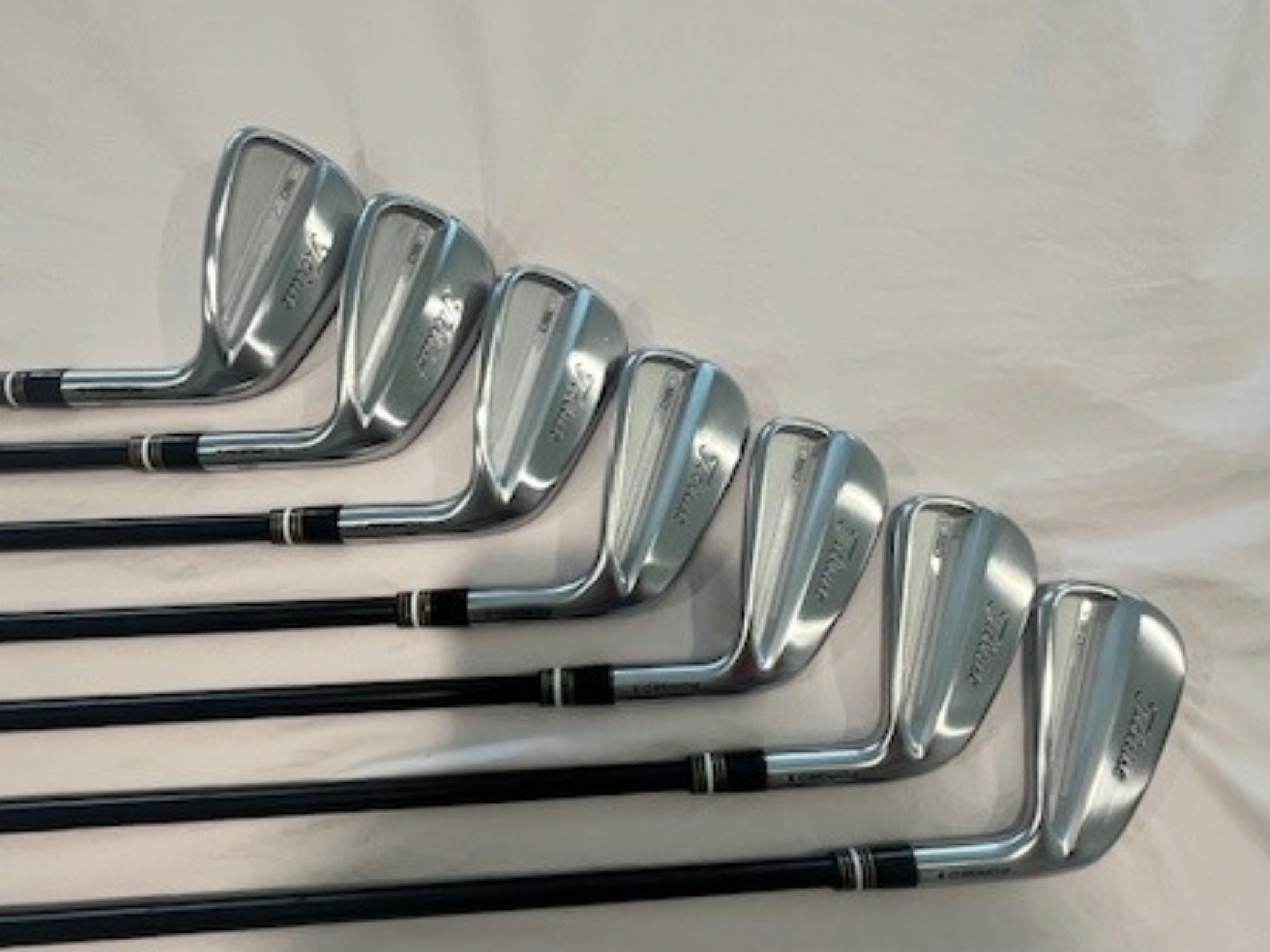
At GolfWRX, we are a community of like-minded individuals that all experience and express our enjoyment of the game in many ways.
It’s that sense of community that drives day-to-day interactions in the forums on topics that range from best driver to what marker you use to mark your ball. It even allows us to share another thing we all love – buying and selling equipment.
Currently, in our GolfWRX buy/sell/trade (BST) forum, there is a listing for a set of Custom-Built Titleist T150s.
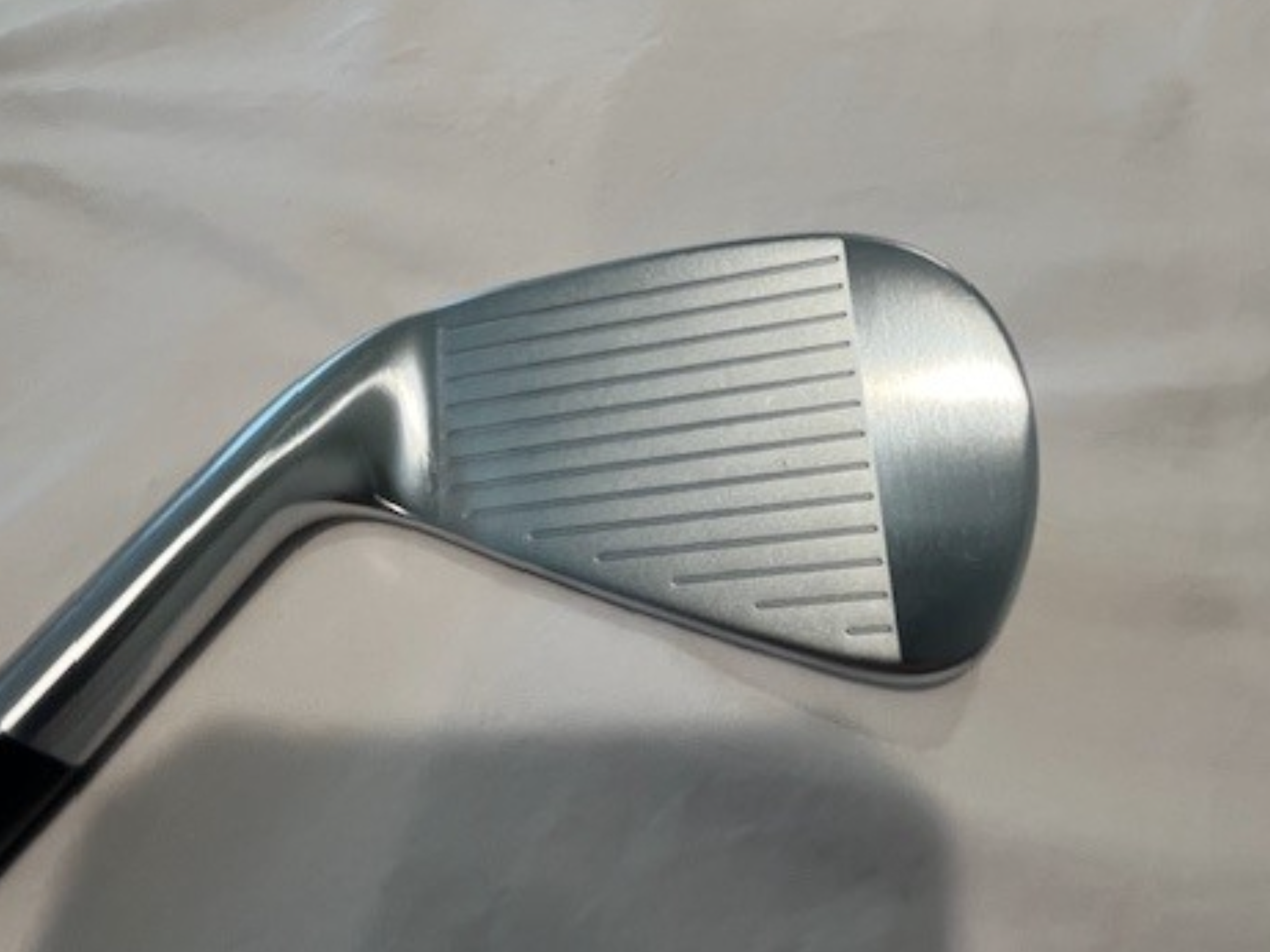
From the seller: (@boff2guy): “Custom T150s 4-PW built by People’s golf, w/Dynamic Golf Tour Issue X100 Black Onyx shafts. MCC Plus 4 Midsize. Only a few irons have been hit off the mat. Specs and Pics below. $1,150 shipped
- 4) 39.25 21 61
- 5) 38.75 24 61.5
- 6) 38.25 28 62
- 7) 37.75 32 62.5
- 8. 37.25 36 63
- 9) 36.75 40 63.5
- PW) 36.25 45 64″
To check out the full listing in our BST forum, head through the link: Custom-Built Titleist T150s
This is the most impressive current listing from the GolfWRX BST, and if you are curious about the rules to participate in the BST Forum you can check them out here: GolfWRX BST Rules
- LIKE0
- LEGIT0
- WOW0
- LOL0
- IDHT0
- FLOP0
- OB0
- SHANK0
Whats in the Bag
Kevin Streelman WITB 2024 (April)
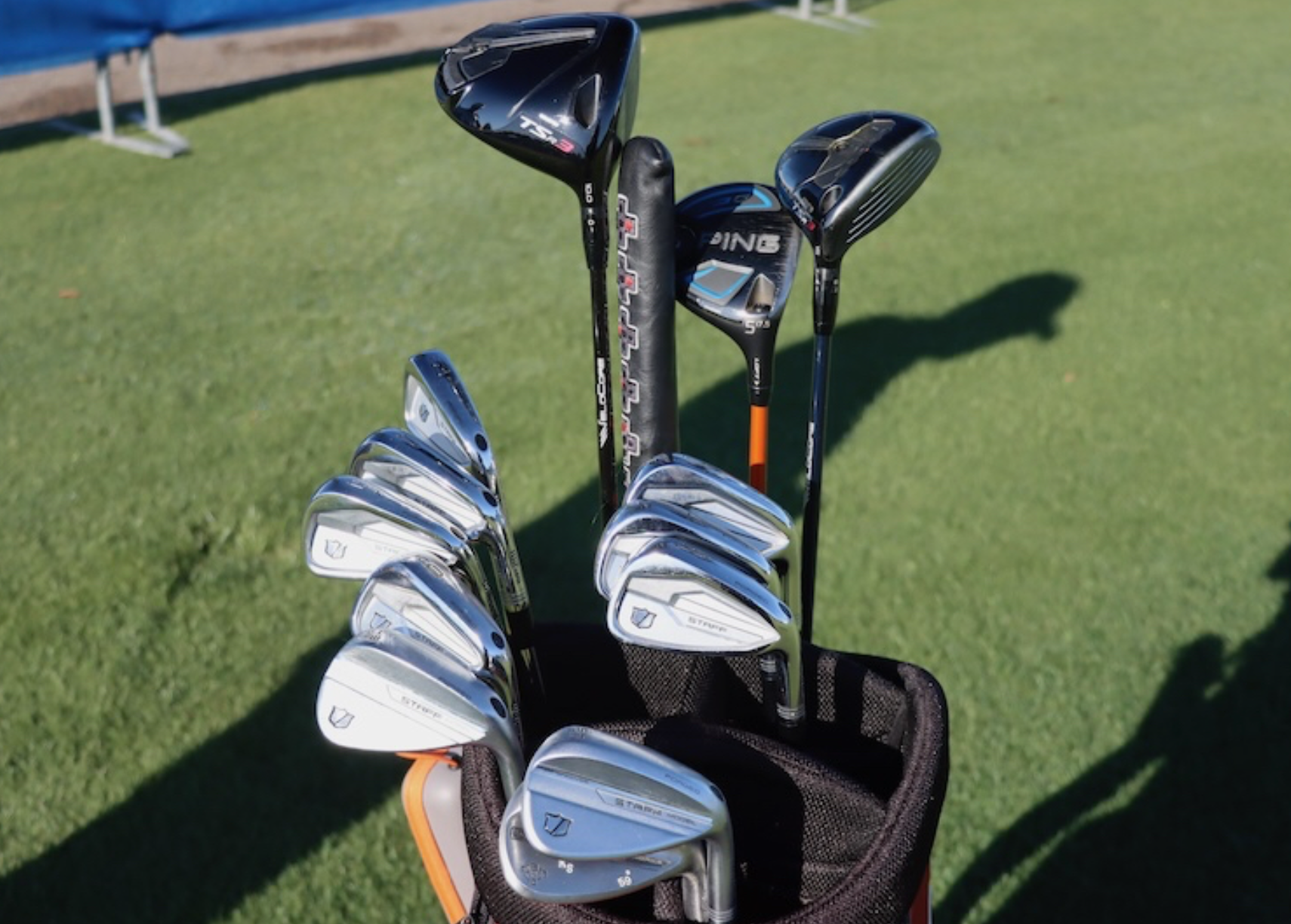
- Kevin Streelman what’s in the bag accurate as of the Zurich Classic.
Driver: Titleist TSR3 (10 degrees, D1 SureFit setting)
Shaft: Fujikura Ventus TR Black 6 X
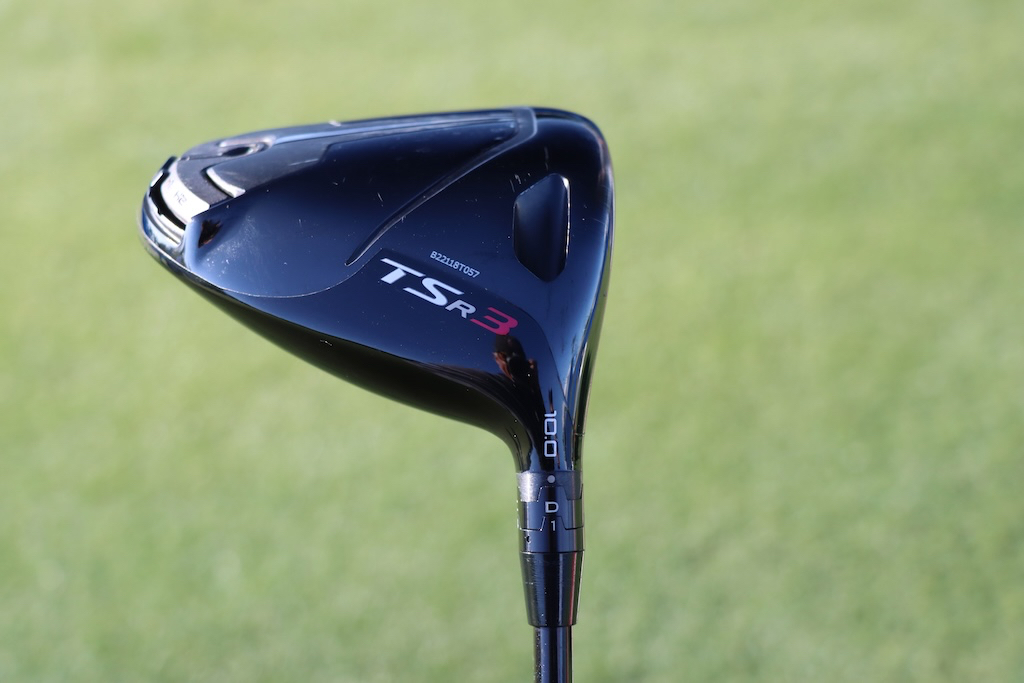
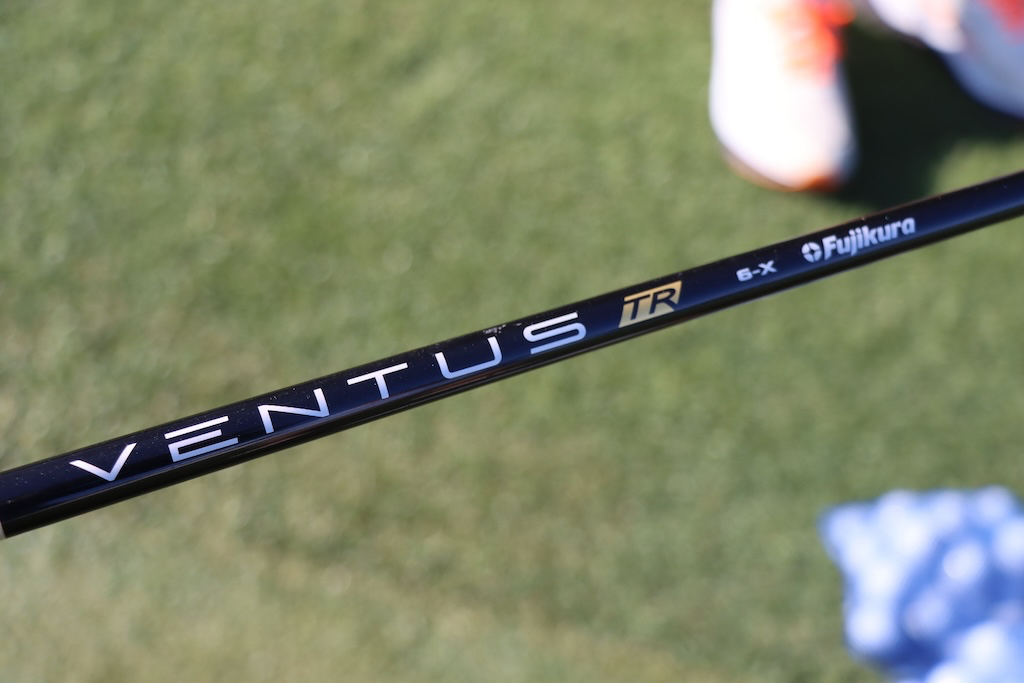
3-wood: Titleist TSR3 (15 degrees, A1 SureFit setting)
Shaft: Fujikura Ventus Blue 8 X
5-wood: Ping G (17.5 degrees)
Shaft: Graphite Design Tour AD DI 10 X
Irons: Wilson Staff Model CB (4-9)
Shafts: Project X 6.5
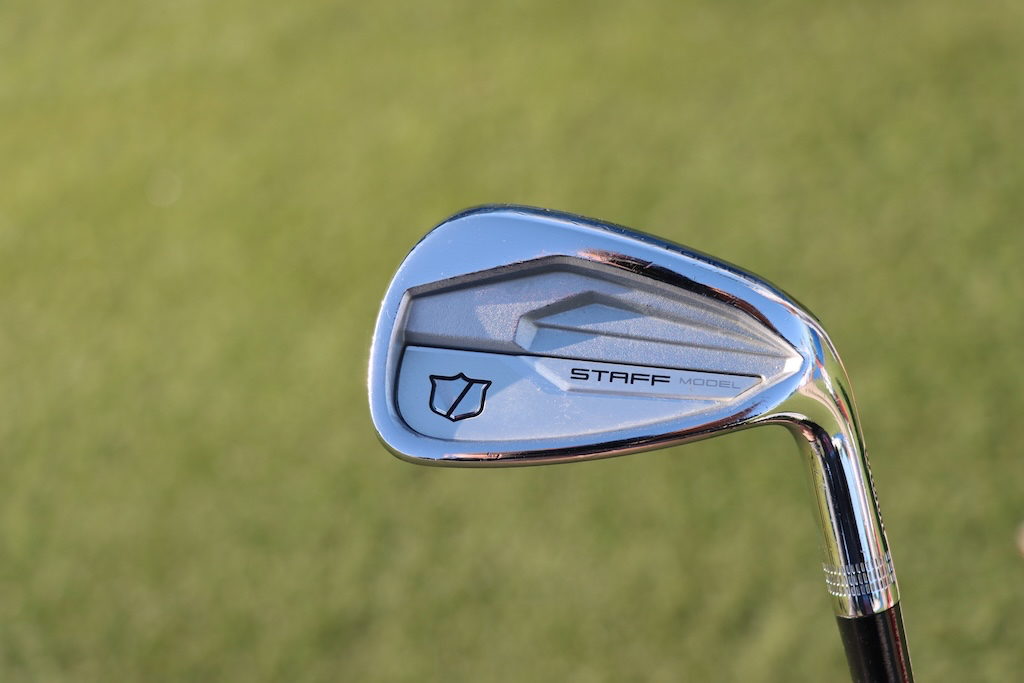
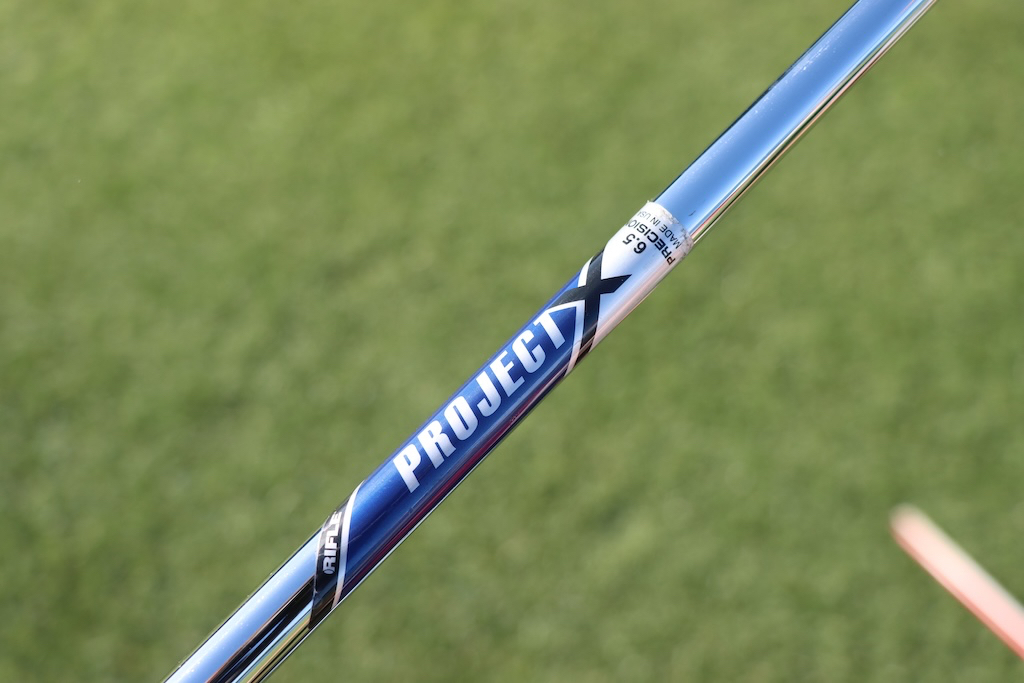
Wedges: Wilson Staff Model (48-08, 54-08), Titleist Vokey Design WedgeWorks (58-L @59)
Shafts: Project X 6.5 (48), True Temper Dynamic Gold Tour Issue S400 (54, 58)
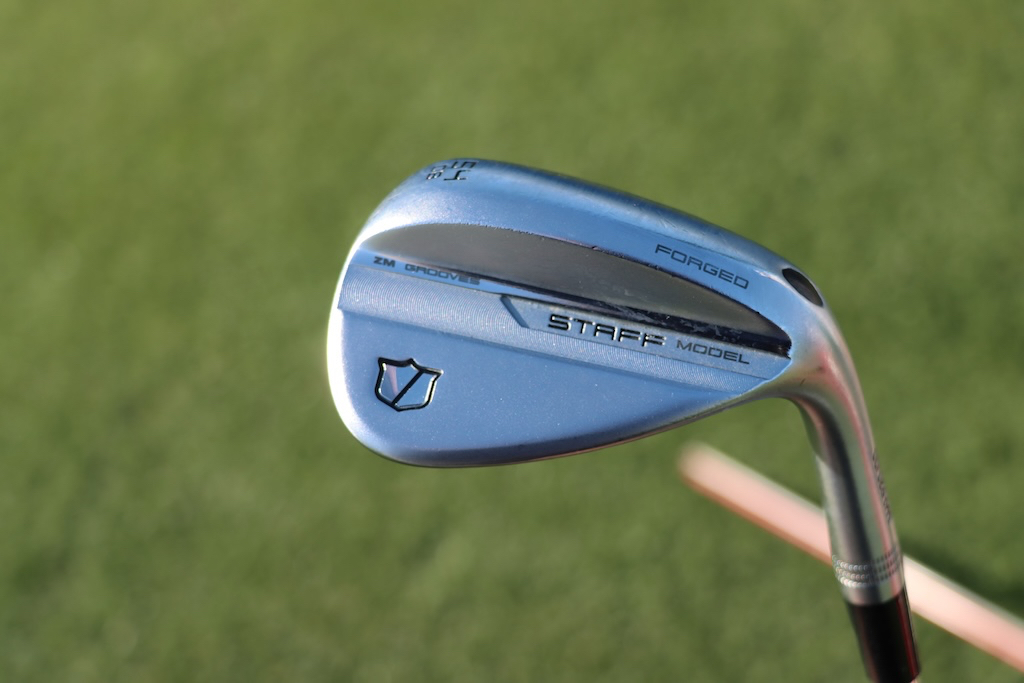
Putter: Scotty Cameron TourType SSS TG6
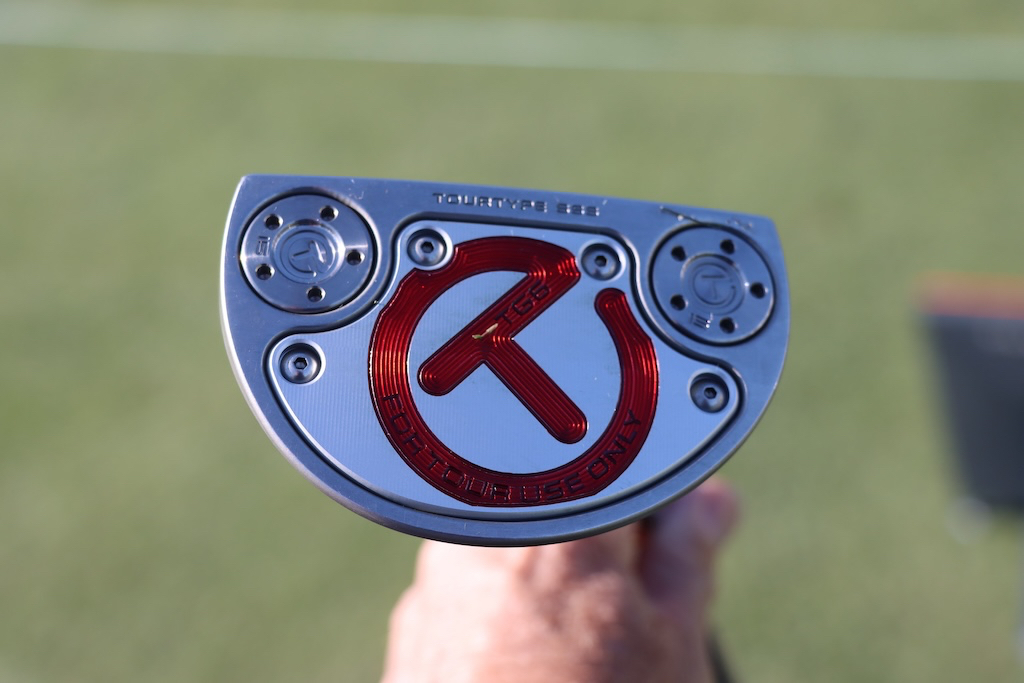
Grips: Golf Pride Tour Velvet
Ball: Titleist Pro V1x
Check out more in-hand photos of Kevin Streelman’s clubs here.
- LIKE3
- LEGIT0
- WOW0
- LOL1
- IDHT0
- FLOP0
- OB0
- SHANK0
Equipment
Choose Your Driver: Which 2012 driver was your favorite?
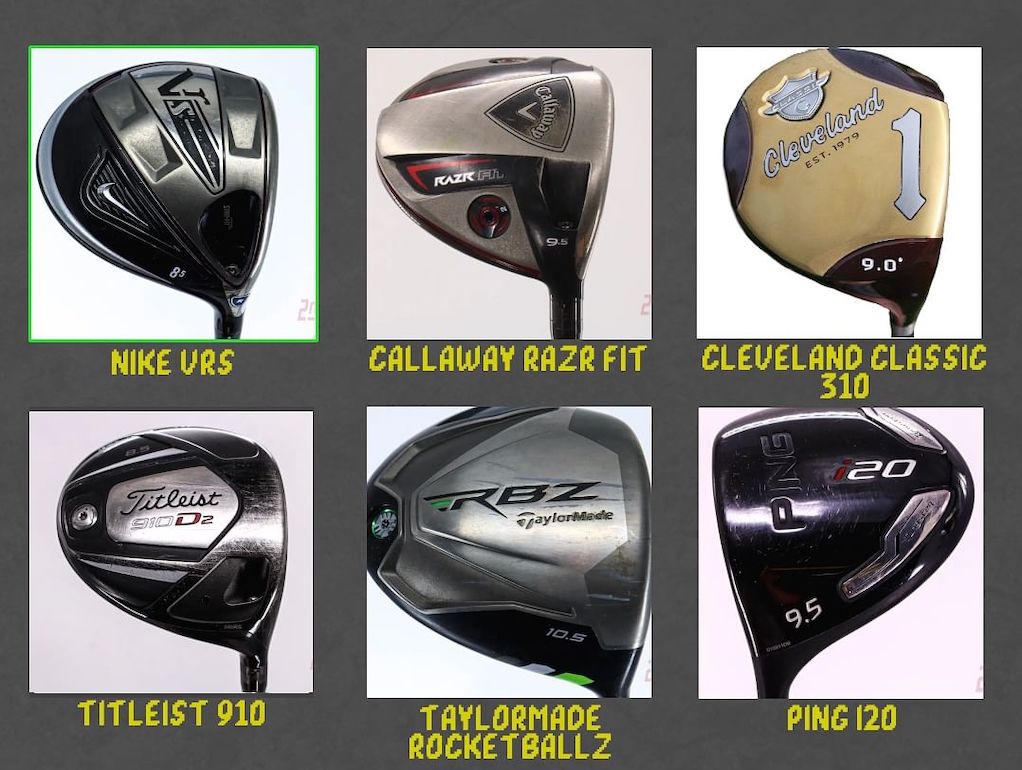
The year was 2012. Gangnam Style ruled supreme, its infectious beats and ludicrous horse-riding dance moves hypnotizing us with their stupidity. Everyone was talking about the Mayan calendar, convinced that the end of days was near. Superheroes soared on the silver screen, with the Avengers assembling in epic fashion. Katniss Everdeen survived The Hunger Games. And the memes! The memes abounded. Grumpy Cat triumphed. We kept calm and carried on.
In much the same way that automotive enthusiasts love classic cars, we at GolfWRX love taking a backward glance at some of the iconic designs of years past. Heck, we love taking iconic designs to the tee box in the present!
In that spirit, GolfWRX has been running a series inspired by arguably the greatest fighting game franchise of all time: Mortal Kombat. It’s not “choose your fighter” but rather “choose your driver.”
Check out some of the standout combatants of 2012 below.
View this post on Instagram
Nike VRS
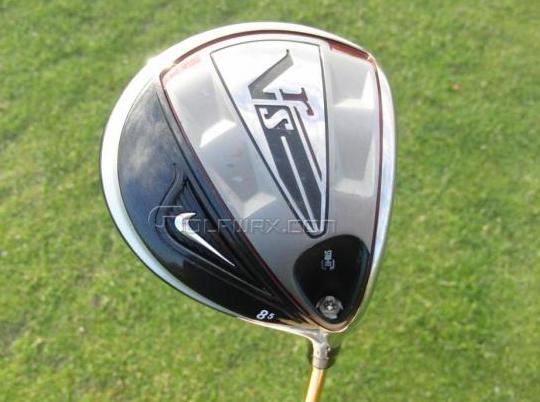
Often harshly critiqued during its years releasing golf equipment (right, Phil Mickelson?), Nike’s tenure in the club-and-ball business gets a gloss of nostalgic varnish, with many of its iron and putter designs continuing to attract admirers. Among the company’s driver offerings, the 2012 VRS — or VR_S, if you will — drew high marks for its shaping and toned-down appearance. The multi-thickness, NexCOR face was no joke either.
Check out our coverage from 2012 here.
Callaway RAZR Fit
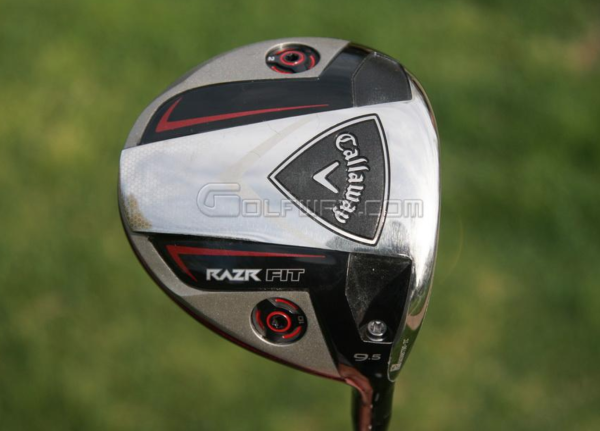
Callaway’s first foray into moveable weight technology (married with its OptiFit hosel) did not disappoint. With a carbon fiber crown, aerodynamic attention to detail, and variable and hyperbolic face technologies, this club foreshadowed the tech-loaded, “story in every surface” Callaway drivers of the present, AI-informed design age.
Check out our coverage from 2012 here.
Cleveland Classic 310
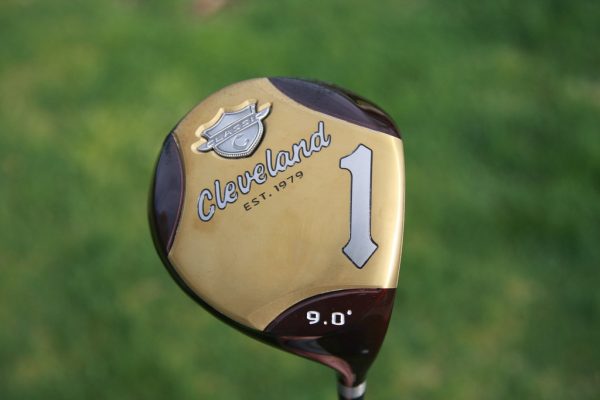
Truly a design that came out of left field. Cleveland said, “Give me a persimmon driver, but make it titanium…in 460cc.” Our 2012 reviewer, JokerUsn wrote, “I don’t need to elaborate on all the aesthetics of this club. You’ve seen tons of pics. You’ve all probably seen a bunch in the store and held them up close and gotten drool on them. From a playing perspective, the color is not distracting. It’s dark enough to stay unobtrusive in bright sunlight…Even my playing partners, who aren’t into clubs at all…commented on it saying it looks cool.” Long live!
Check out our coverage from 2012 here.
Titleist 910
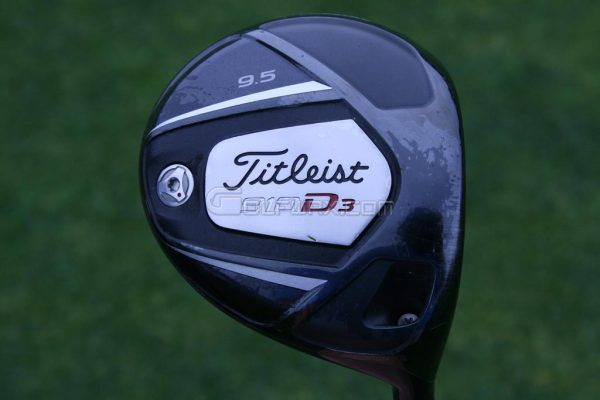
While there’s no disputing Titleist’s “Titleist Speed” era of drivers perform better than its 2010s offerings, sentimentality abounds, and there was something classically Titleist about these clubs, right down to the alignment aid, and the look is somewhere between 983 times and the present TS age. Representing a resurgence after a disappointing stretch of offerings (907, 909), The 910D2 was a fairly broadly appealing driver with its classic look at address and classic Titleist face shape.
Check out our coverage from 2012 here.
TaylorMade RocketBallz
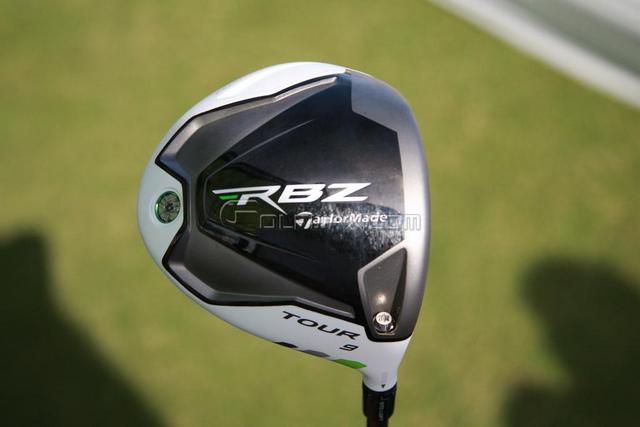
The white crown. The name. You either loved ‘em or you hated ‘em. TaylorMade’s 2012 offering from its RocketBallz Period boasted speed-enhancing aerodynamics and an Inverted Cone Technology in the club’s titanium face. Technology aside, it’s impossible to overstate what a departure from the norm a white-headed driver was in the world of golf equipment.
Check out our coverage from 2012 here.
Ping i20
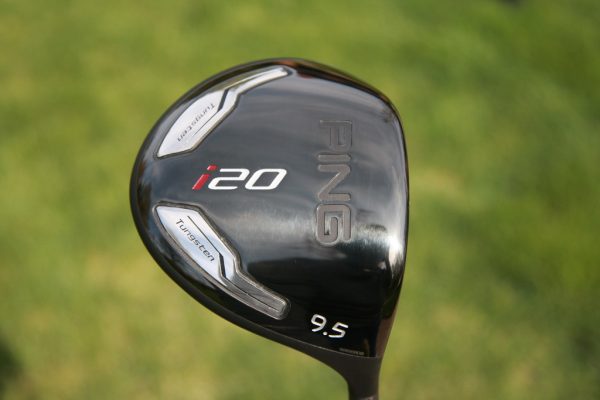
Long a quietly assertive player in the driver space, Ping’s i20 was more broadly appealing than the G20, despite being a lower-launch, lower-spin club. Ping drivers didn’t always have looks that golfer’s considered traditional or classic, but the i20 driver bucked that trend. Combining the classic look with Ping’s engineering created a driver that better players really gravitated toward. The i20 offered players lower launch and lower spin for more penetrating ball flight while the rear 20g tungsten weights kept the head stable. Sound and feel were great also, being one of the more muted driver sounds Ping had created up to that time.
Check out our coverage from 2012 here.

GolfWRXers, let us know in the comments who “your fighter” is and why!
- LIKE18
- LEGIT2
- WOW2
- LOL0
- IDHT0
- FLOP2
- OB0
- SHANK1
-

 19th Hole3 weeks ago
19th Hole3 weeks agoDave Portnoy places monstrous outright bet for the 2024 Masters
-

 19th Hole1 week ago
19th Hole1 week agoJustin Thomas on the equipment choice of Scottie Scheffler that he thinks is ‘weird’
-

 19th Hole1 week ago
19th Hole1 week ago‘Absolutely crazy’ – Major champ lays into Patrick Cantlay over his decision on final hole of RBC Heritage
-

 19th Hole2 weeks ago
19th Hole2 weeks agoTwo star names reportedly blanked Jon Rahm all week at the Masters
-

 19th Hole2 weeks ago
19th Hole2 weeks agoReport: LIV Golf identifies latest star name they hope to sign to breakaway tour
-

 19th Hole2 weeks ago
19th Hole2 weeks agoNeal Shipley presser ends in awkward fashion after reporter claims Tiger handed him note on 8th fairway
-

 19th Hole2 weeks ago
19th Hole2 weeks agoBrandel Chamblee has ‘no doubt’ who started the McIlroy/LIV rumor and why
-

 Equipment3 weeks ago
Equipment3 weeks agoWhat we know about Bryson DeChambeau’s 3D-printed Avoda irons















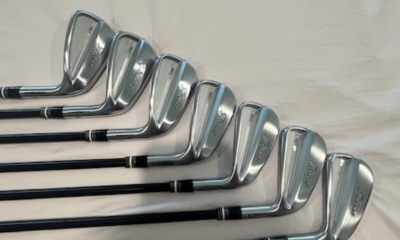

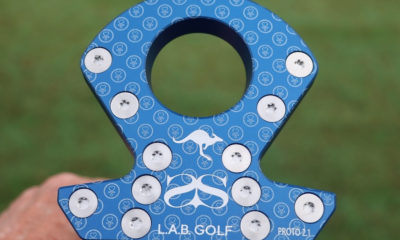



Ben Robertson
Oct 7, 2018 at 5:25 am
Anyone use this exercise for determing the right lie angle for their putter?
geohogan
Oct 4, 2018 at 11:12 pm
If your shafts have zero kick, zero droop and zero torque at impact then dynamic lie angle will be consistent throughout the iron set.
If shafts are as Moe Norman labelled them, “Licorice sticks”, then every shaft throughout the iron set, may have unique dynamic lie angles. A very good reason to use a quality shaft.
jesse parkison
Oct 4, 2018 at 1:21 pm
I love this trick and use it often when I am having ball flight issues. HERE’S A TIP: when using dry-erase marker the post-impact club mark will not show up if you take a large divot or the ground is wet. Both water and dirt at velocity will remove the dry erase marker. I only perform this trick off a mat/pad, and a dry mat is best. Alternatively you can put tape on your club face to help the ink stick.
Johnny Penso
Oct 3, 2018 at 10:08 pm
My fitter did that test with me when he was checking the lie angles of my Dad’s old Wilson Staff blades after I took them in for re-gripping. Worked well for me.
williamhiiWyahoo.com
Oct 3, 2018 at 8:49 pm
hers what I know…I go places and they try to tell me that Im 1.5* upright…. I am not! I play my irons 2* FLAT. If i touch a iron iron thats upright it either shanks or hooks lol
I build and do all my own clubs
[email protected]
Oct 3, 2018 at 8:50 pm
here’s
Stewart Franks
Oct 3, 2018 at 4:34 pm
This method only works if you are hitting shots with a square clubface. So make sure you have something measuring clubface
stevet
Oct 3, 2018 at 3:51 pm
There is a “static” lie angle at address and a “dynamic” lie angle at impact.
At static address the club heel should be touching the ground with the toe off the ground. At impact the shaft tip will “droop” down and the club sole will be parallel to the ground. How do you resolve these different shaft dynamics and clubhead lies in club fitting? Thanks.
Howard Jones
Oct 3, 2018 at 1:03 pm
Yes, use a whiteboard pen or dry erase marker on the ball.
That line will be “printed” on the face, and tell if lie angles are good or not, but its not correct that this lines dont tell us more than if we need to go up or flat, we can judge the need for how much we need to adjust with this labels top make it way easier.
http://www.golfwrx.com/forums/topic/1355102-open-source-face-labels-for-lie-angle-diy-lie-angle-testing/
Ryan B
Oct 3, 2018 at 8:10 pm
Hi Howard,
That’s a great tool! You provide a lot of great input here on GolfWRX. I like to use a sharpie and take the marks off with acetone but 100& dry erase are a great solution too.
I prefer to use the line test as a starting point and finalize using ball flight and launch monitor.
Cheers
Paul Portney
Oct 3, 2018 at 12:25 pm
This was interesting to watch, so thanks for posting it. Is the idea to see the mark on your clubface left by the line you suggest putting on the ball? That was a little unclear to me.
Josh D
Oct 3, 2018 at 7:32 pm
yes its so that the line transfers to the club face from the ball like u thought.